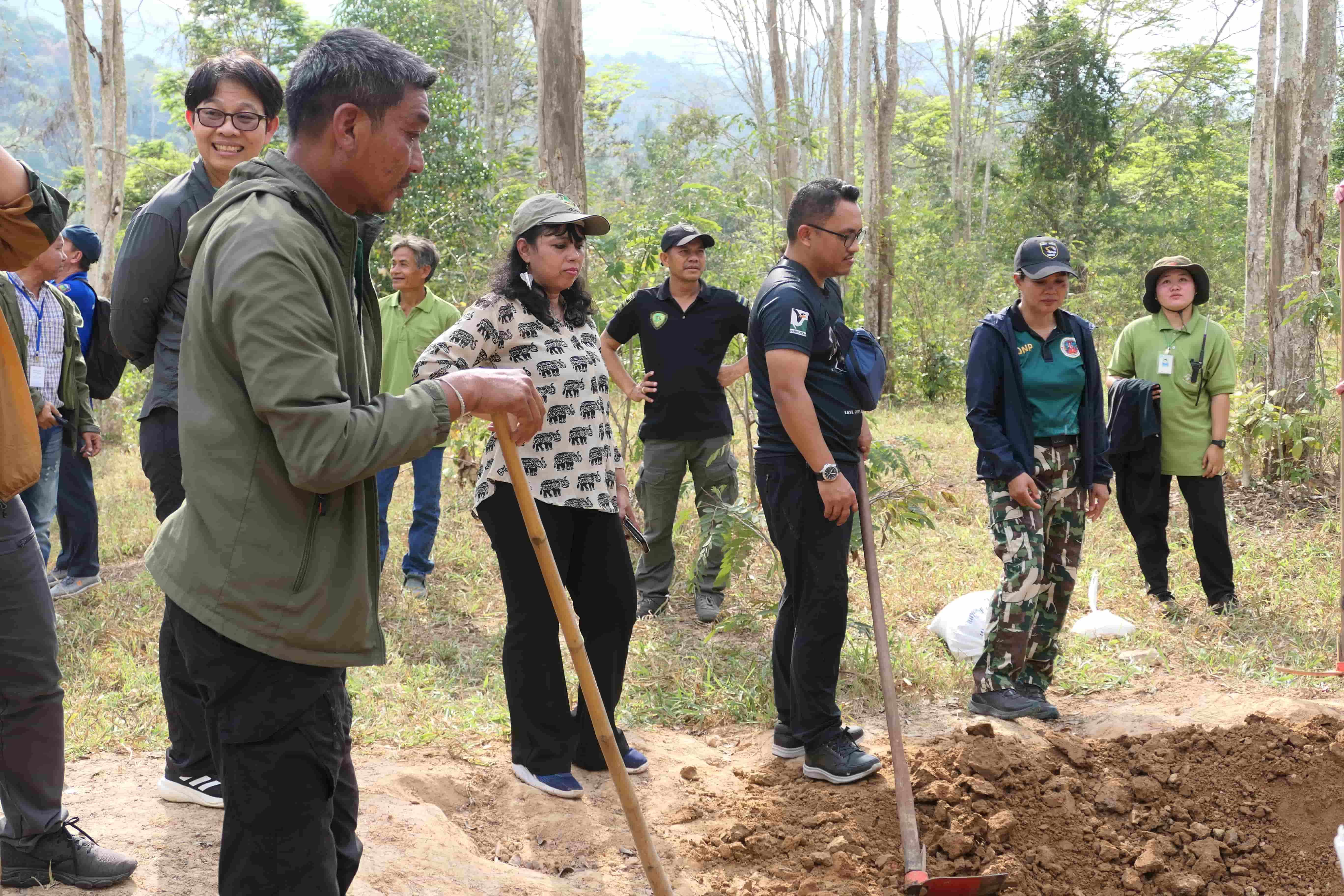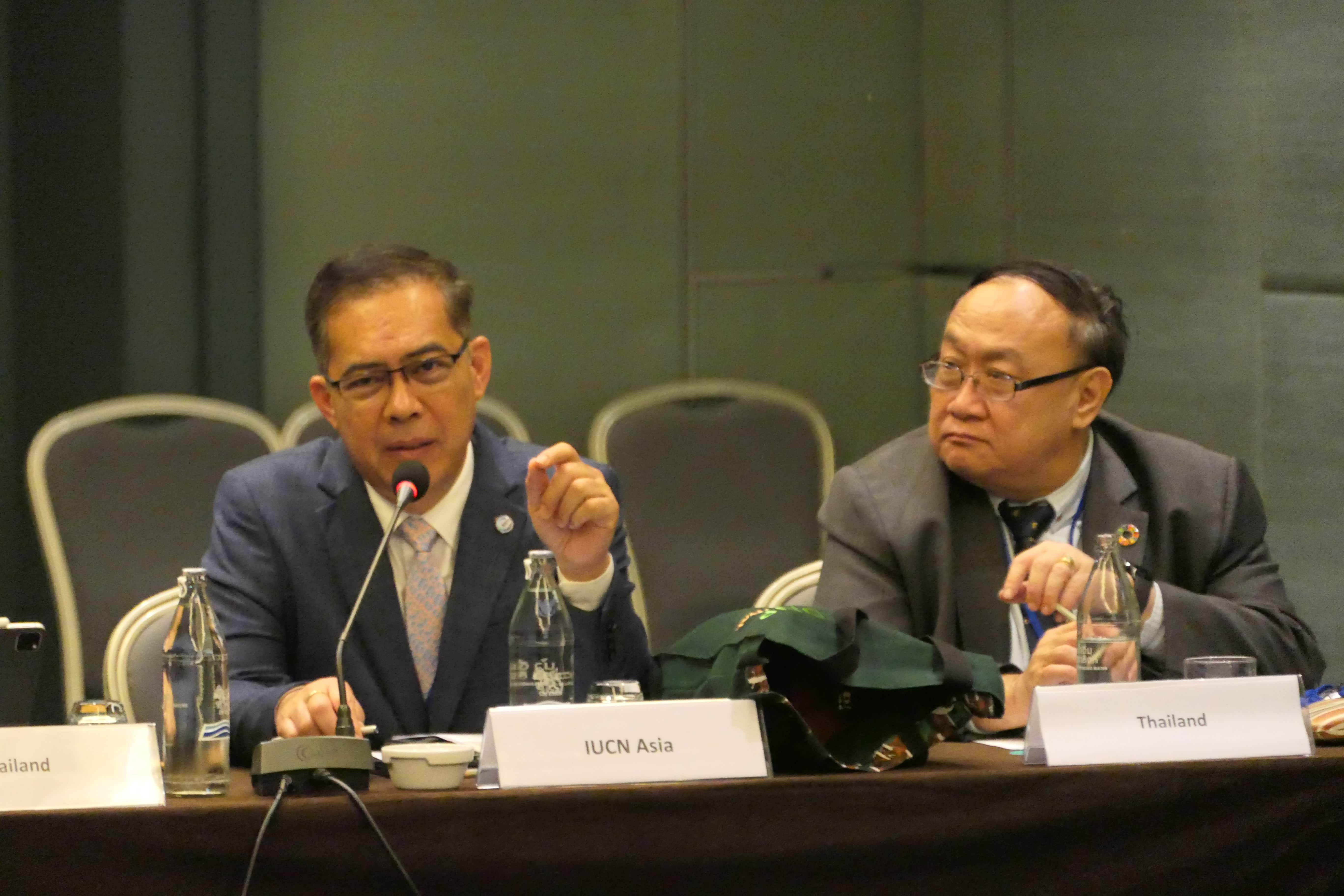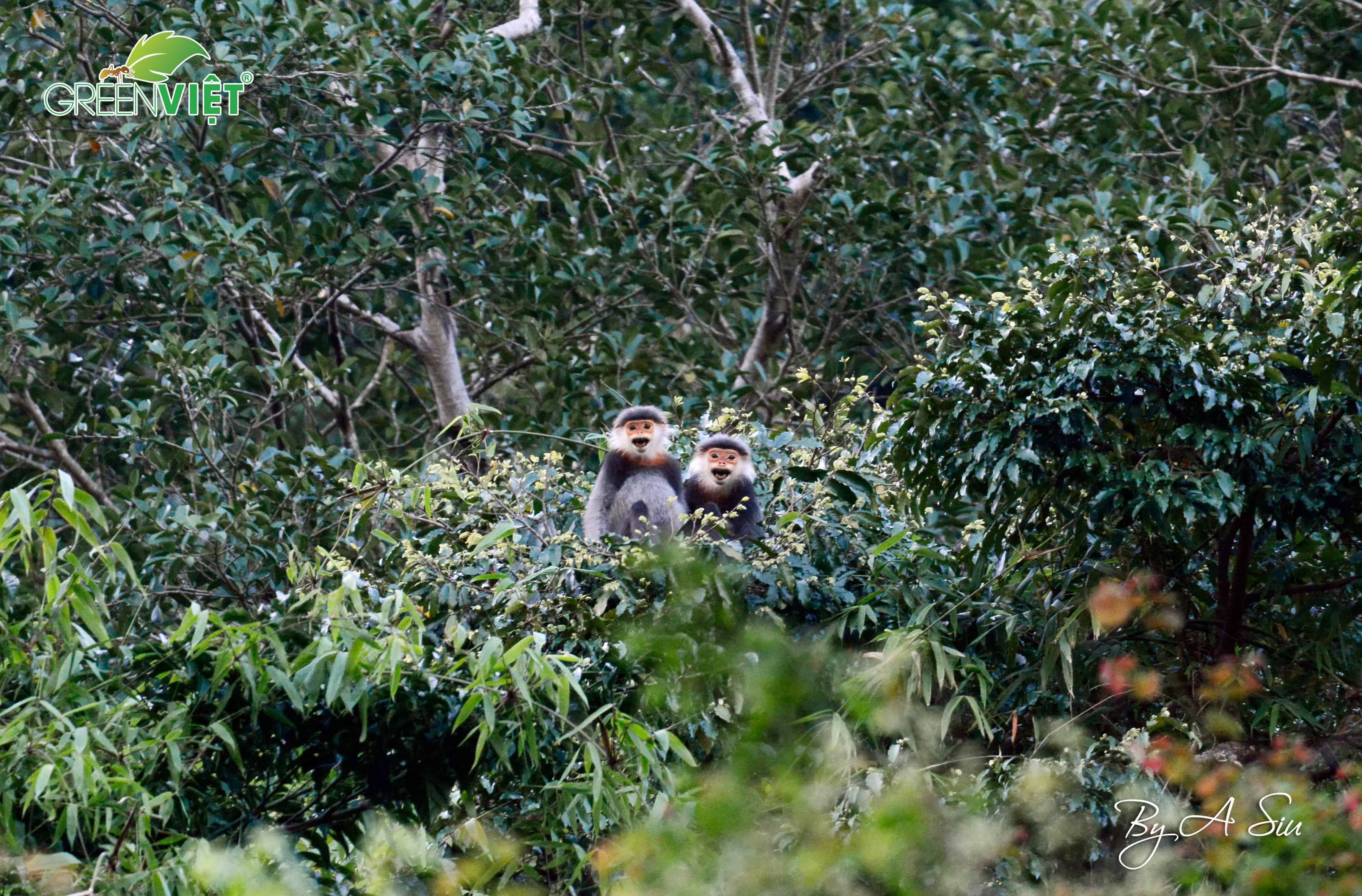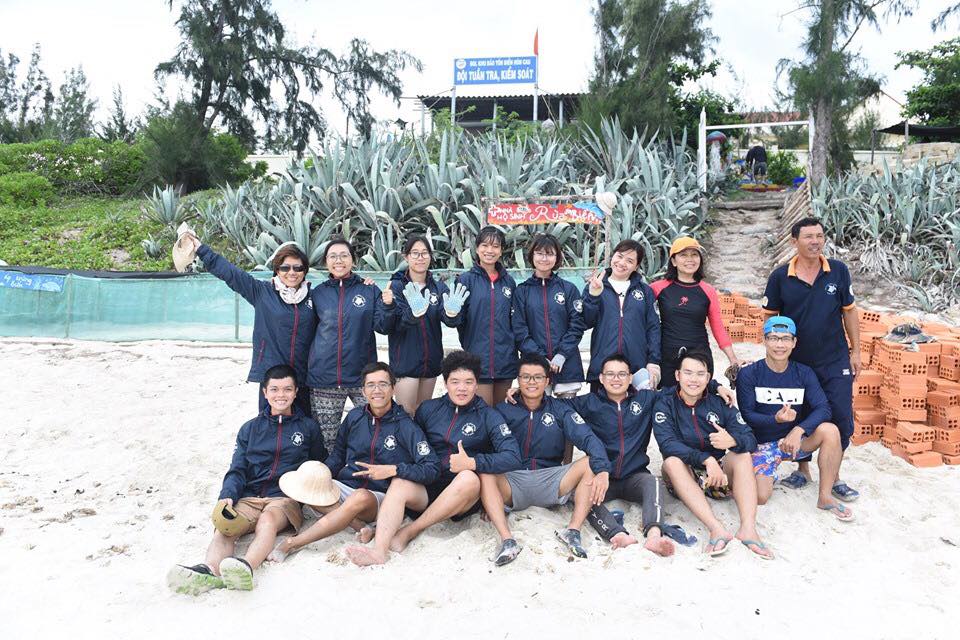Elephant range States from Southeast Asia review implementation of the CITES MIKE Programme
The Asian elephant (Elephas maximus) is classified as Endangered, according to The IUCN Red List of Threatened Species™, due to poaching, illegal trade, habitat loss and fragmentation, as well as human-elephant conflict. In cooperation with the Secretariat of the Convention on International Trade in Endangered Species of Wild Fauna and Flora (CITES), and their Monitoring the Illegal Killing of Elephants (MIKE) programme - a site-based system designed to monitor trends in levels of illegal killing of elephants and build capacity in sites across the range of African and Asian elephants - IUCN Asia is providing support on the delivery of the MIKE Programme in five elephant range States in Southeast Asia: Indonesia, Lao PDR, Malaysia, Thailand, and Viet Nam. This project is funded by the US Department of State, Bureau of International Narcotics and Law Enforcement Affairs (INL).
On 30-31 January 2024, range States and partners gathered in Hua Hin, Thailand, to share progress of their efforts to implement commitments to the MIKE Programme in Southeast Asia. Whilst good progress has been made on MIKE, a common challenge identified by participants during the meeting was the lack of resources and capacity available to address the growing risks of human-elephant conflict. Dr Dindo Campilan, Regional Director for Asia and Hub Director for Oceania, IUCN (left in photo), highlighted the importance of taking lessons learned from the MIKE Programme and applying them to other species conservation efforts at national and global levels.
Ivonne Higuero, Secretary-General, CITES, highlighted that a pivotal part of the Programme has been focused on shaping regulatory and enforcement measures that prioritise elephant coexistence with human populations. During a field visit to Kui Buri National Park, a critical elephant habitat and one of Thailand’s two MIKE sites, participants learned about artificial mineral licks and waterways built in specific areas to encourage elephants to remain within the National Park and away from neighbouring villages.
 Participants replenished an artificial mineral lick which is an important source of nutrients for elephants and other wildlife
Photo: IUCN Asia
Participants replenished an artificial mineral lick which is an important source of nutrients for elephants and other wildlife
Photo: IUCN Asia
Further during the workshop, range States and MIKE implementing partners presented their progress on delivering activities related to the MIKE Programme, as well as achievements and challenges for elephant conservation in their country.
The MIKE Programme aims to provide reliable data and information to support range States with decision making on elephant conservation. Over the last three years, the CITES MIKE Programme and IUCN have implemented the project working closely with range States to assist with improving the conservation of Asian elephants.
The project focuses on building the capacity of Southeast Asian MIKE sites to monitor illegal killing of elephants and enhance their protection, while also supporting actions to implement commitments under CITES that relate to the illegal killing of elephants and trade in elephant specimens.
Data on the cause of elephant deaths can shape understanding on the threats to their survival, determine the underlying reasons behind human-elephant conflict as well as resources needed to support law enforcement. To help rangers determine the cause of death when they encounter an elephant carcass, six guidance booklets, available in six languages, have been developed under this project.
Law Enforcement Capacity Assessments (LECA) have also been conducted at MIKE sites to help managers understand and monitor the status of wildlife law enforcement efforts at their sites. Recognising the need for improved capacity, support packages have been delivered to select sites with training for rangers and managers, as well as provision of vital equipment needed to support patrol operations and data collection and management.
While significant efforts have been made, more resources are needed to protect Asian elephant populations that are in decline across South-east Asia. The future of this endangered species will depend on holding to account those responsible for the illegal killing, trade and trafficking of Asian elephants. Sustainable financing that balances protection of people’s livelihoods with elephant conservation is needed to secure human-wildlife coexistence and restore a once thriving elephant population in the region.





